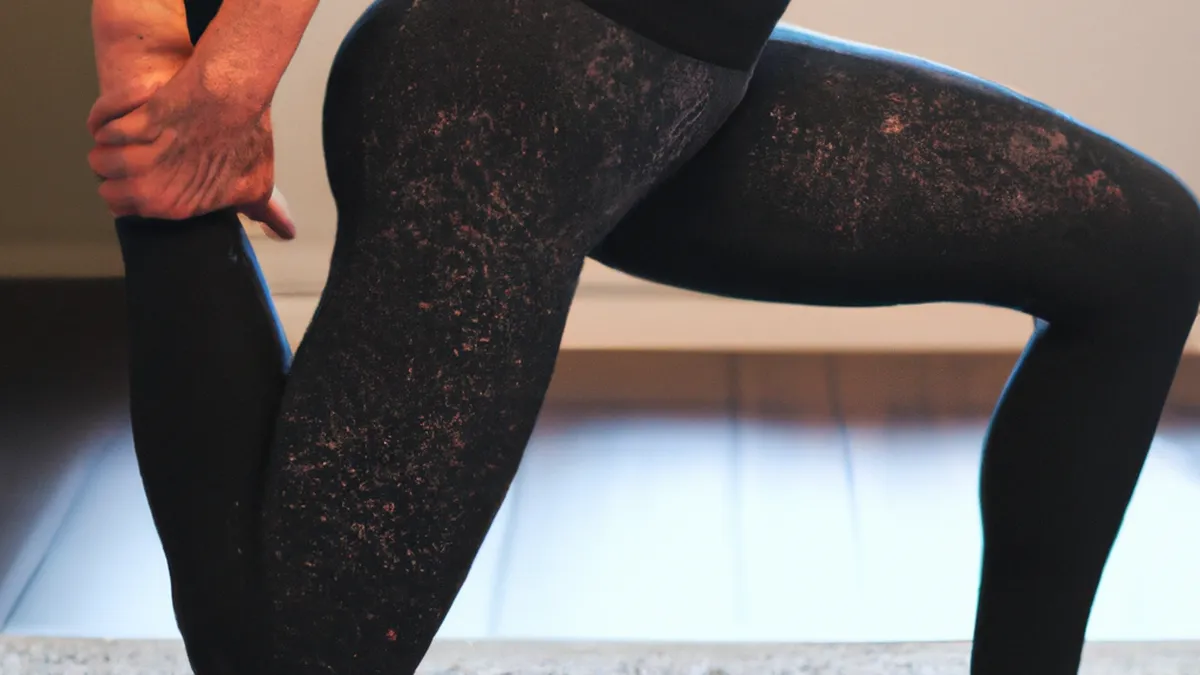Mental Health Tips for Female Athletes
Tackling Burnout in Women’s SportsBurnout significantly impacts women’s sports. Athletes face immense performance pressure. They balance training, competition, and personal life. This strain leads to physical and mental exhaustion. We must address burnout to enhance well-being and longevity in sports. In this blog post, we will explore effective strategies to tackle burnout in women’s sports.
Understanding Burnout
Burnout manifests in various ways. Athletes may feel exhausted, detached, and less motivated. They might also experience anxiety and depression. Recognizing these symptoms is crucial for prevention. Early identification helps athletes and coaches take action.Many factors contribute to burnout. Coaches, fans, and family often create overwhelming pressure. A lack of support systems exacerbates feelings of isolation. Addressing these factors fosters a healthy sporting environment.
Tips to Prevent Burnout
As an Amazon Associate I earn from qualifying purchases.
Gear tip: consider sleep mask, white noise machine, and blue light blocking glasses to support this topic.
1. Prioritize Rest and Recovery
Rest is essential for every athlete. Inadequate recovery harms both body and mind. Schedule regular rest days for physical recovery. Prioritize sleep; aim for 7-9 hours each night. Quality sleep enhances performance and overall well-being.Incorporate mindfulness practices like meditation and yoga. These activities promote relaxation and reduce stress. A well-rested athlete performs better and enjoys the sport more.
2. Set Realistic Goals
Setting realistic goals reduces pressure. Focus on achievable objectives instead of perfection. Break larger goals into smaller, manageable tasks. Celebrate small victories along the way. This approach maintains motivation and reduces feelings of inadequacy.Involve coaches and teammates in goal setting. Their support provides valuable perspective and encouragement, helping maintain a healthy mindset.
3. Foster Supportive Relationships
Building a strong support network is crucial. Connect with teammates, coaches, and family members. Open communication creates a safe environment for athletes to express feelings. Sharing experiences often fosters common ground.Supportive relationships combat feelings of isolation. Engage in team-building activities to strengthen bonds. A positive environment enhances resilience and reduces burnout risk.
Practical Advice for Coaches and Organizations
1. Encourage Open Communication
Coaches play a vital role in preventing burnout. Encourage athletes to share thoughts and feelings. Create a safe space for discussions about mental health. Regular check-ins help identify issues early.Listen actively to athletes’ concerns. Validate their feelings and provide appropriate support. When athletes feel heard, they stay engaged and committed.
2. Promote Work-Life Balance
Encourage athletes to maintain a healthy work-life balance. Support them in pursuing interests outside sports. Hobbies and social activities offer necessary breaks from training. This balance prevents burnout.Consider flexible training schedules. Allow athletes to adjust commitments when needed. Flexibility promotes a healthier approach to sports and life.
3. Educate on Mental Health
Education is key to combating burnout. Coaches and organizations should prioritize mental health training. Offer workshops on recognizing and managing stress. Equip athletes with coping tools for challenges.Fostering awareness empowers everyone. Athletes, coaches, and support staff work together to create a healthier environment.
Benefits of Addressing Burnout
Addressing burnout yields numerous benefits. Athletes experience improved mental health and well-being. They perform better when feeling supported and balanced. A positive environment attracts more participants to women’s sports.Increased participation fosters diversity and inclusivity. When women feel valued, they pursue sports more. This growth benefits the entire community, creating role models for future generations.Teams prioritizing mental health often see lower turnover rates. Retaining athletes saves time and resources. It creates a solid foundation for success, both on and off the field.
Conclusion
Tackling burnout in women’s sports is essential for athletes’ health and longevity. By prioritizing rest, setting realistic goals, and fostering supportive relationships, we can create a positive environment. Coaches and organizations play crucial roles in promoting mental health awareness and work-life balance. Addressing burnout proactively benefits everyone. Together, we can empower women in sports and ensure they thrive in their athletic journeys.
Below are related products based on this post:
FAQ
What is burnout in women’s sports?
Burnout in women’s sports refers to physical and mental exhaustion experienced by athletes due to immense performance pressure. It can manifest as feelings of exhaustion, detachment, and decreased motivation, often accompanied by anxiety and depression. Recognizing these symptoms is crucial for prevention and early intervention.
How can athletes prevent burnout?
Athletes can prevent burnout by prioritizing rest and recovery, setting realistic goals, and fostering supportive relationships. Incorporating regular rest days, quality sleep, and mindfulness practices can enhance well-being. Additionally, involving coaches and teammates in goal-setting provides support and helps maintain motivation.
What role do coaches play in addressing burnout?
Coaches play a vital role in preventing burnout by encouraging open communication and promoting a healthy work-life balance. They should create a safe environment for athletes to express their feelings and concerns. By actively listening and validating athletes, coaches can help maintain engagement and commitment to the sport.















Post Comment